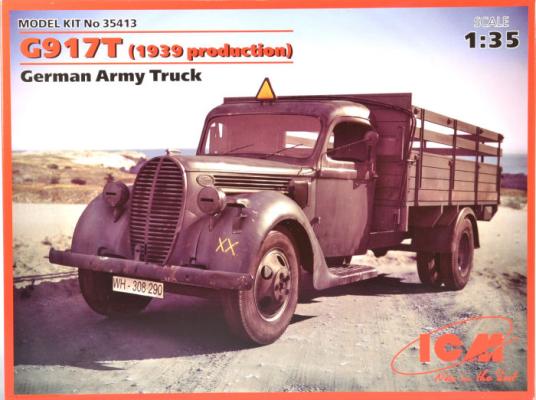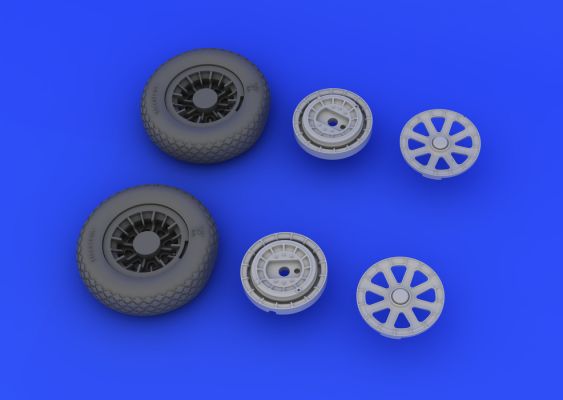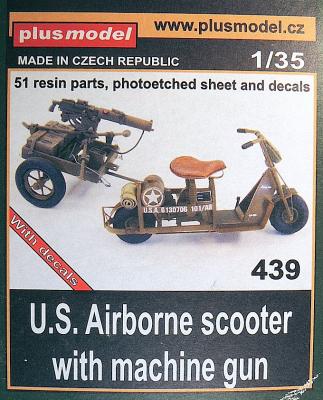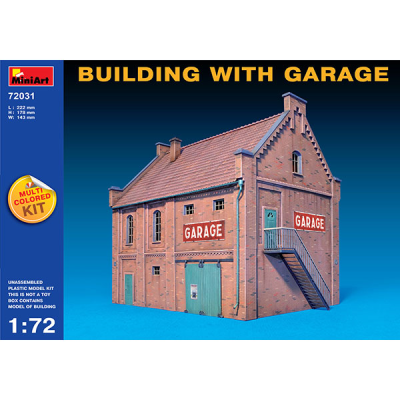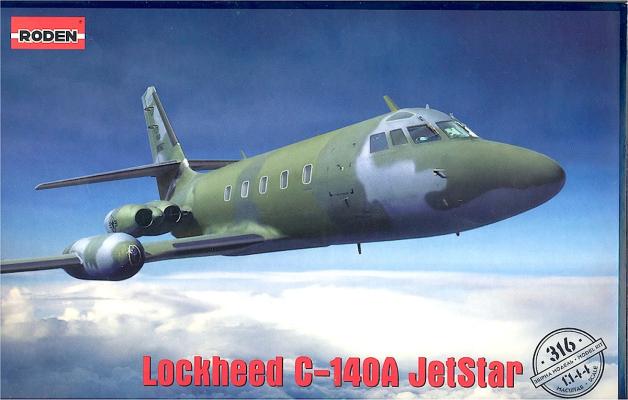MiniArt continues to dazzle and amaze us with another in their series of building and ruin kits. This time, in 1:72 scale, we have “Building w/Garage”, kit #72031. This a typical mid-century European automotive service garage building with the residence located up on the top floor. The kit represents a complete, undamaged building and not a ruin.
It is also all injection molded styrene with none of the vacuum-formed parts found in some of their 1:35 scale releases in the same genre.
The Box
The 13.5’” by 10.5” by 2.25” box is the preferred top and bottom (lid) type. There is a nice artist’s rendition of the building on the box top which can serve as a helpful painting guide, although colors can ultimately be left to the imagination of the individual modeler. However, considering the weight and quantity of the box contents, I felt that the box was a bit flimsy (mine is coming apart already!).











